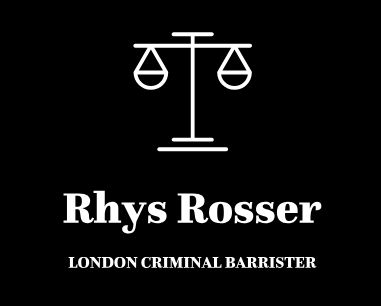Bad Character Evidence
Evidence relating to bad character ordinarily refers to a Defendant's previous convictions or reprehensible conduct. The impact of this evidence being admitted can be substantial. However, it can also relate to the character of witnesses which is an area that should always be thoroughly explored.
Defendant Bad Character
There are seven 'gateways' through which bad character can be admissible:
- All parties to the proceedings agree to the evidence being admissible;
- The evidence is adduced by the defendant himself or is given in answer to a question asked by him in cross examination and intended to elicit it;
- It is important explanatory evidence;
- It is relevant to an important matter in issue between the defendant and the prosecution;
- It has substantial probative value in relation to an important matter in issue between the defendant and a co-defendant;
- It is evidence to correct a false impression given by the defendant; or
- The defendant has made an attack on another person’s character.
Non-Defendant Bad Character
Evidence of the bad character of a non-defendant is admissible only if:
- It is important explanatory evidence,
- It has substantial probative value in relation to a matter which—
- Is a matter in issue in the proceedings, and
- Is of substantial importance in the context of the case as a whole, or
- All parties to the proceedings agree to the evidence being admissible.
The principal distinction between bad character evidence of witnesses and non-witnesses is that the credibility of the latter will never be a matter in issue in the proceedings and, accordingly, bad character evidence only going to such credibility will not be admissible .
Where evidence is admitted pursuant to s100(1) CJA 2003, there is no residual discretion on behalf of the judge to exclude it (R v Braithwaite [2010] EWCA Crim 1082, per Hughes LJ at [12]).
What is Important Explanatory Evidence?
Evidence is important explanatory evidence if without it the court or jury would find it impossible or difficult properly to understand other evidence in the case and its value for understanding the case as a whole is substantial.
The word ‘substantial’ should be given its ordinary, unelaborated meaning. The previous common law rule was that evidence could be adduced as to the background to an offence, where this was relevant to the offence charged and where the account to be placed before the court would otherwise be incomplete or incomprehensible.
What about Substantial Probative Value?
The proper approach that a Court should take is as follows:
- Identify the issue to which it is said the evidence goes;
- Decide whether that issue is of substantial importance in the context of the case as a whole; and
- Decide whether the evidence has substantial probative value in relation to that issue.
Again, ‘substantial’ has its ordinary meaning (see paragraph 13, above). The principal matters in issue between the prosecution and defence are whether the Defendant did the act or omission with which she has been charged and whether she did so with the requisite mental state.
Section 98 / To do with the Facts of the Offence Charged (or misconduct in connection with the prosecution)
A plea of guilty by a co-defendant to participation in an offence jointly charged against a defendant ‘has to do with’ the offence charged and is not, therefore, evidence of the co-defendant’s bad character needing an application to be adduced.
Similarly, if the conduct of a person is a pre-requisite to the conviction of a defendant, it is not bad character for the purposes of s100 CJA 2003.
As such, if evidence is so closely linked to the actual offence then it will automatically be admissible.
Correcting a False Impression
This gateway is primarily relied upon where the Defendant has stated something that is inaccurate. This can include saying that someone has no previous convictions when they do or alleging they have never been inside a police station. An application under this section is capable of seriously diminishing credibility in front of a jury.
